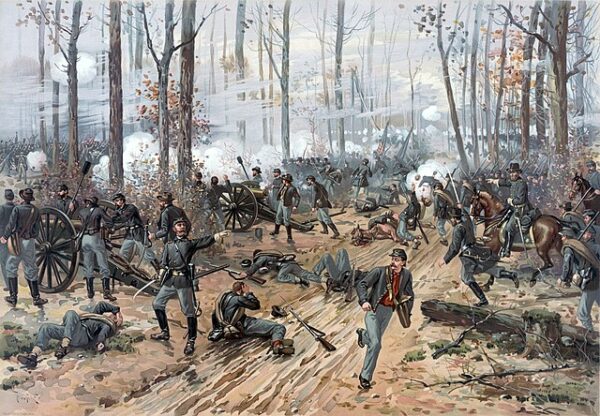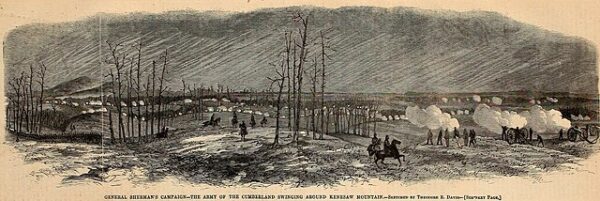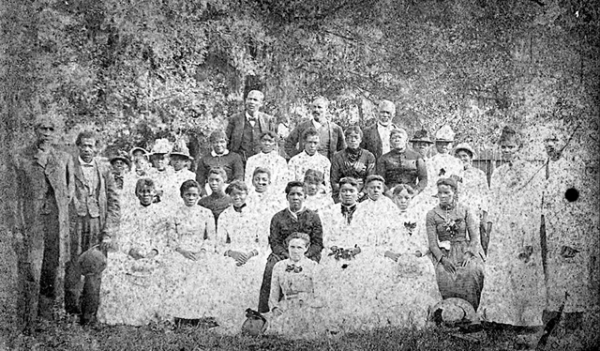The Battle of Shiloh, sometimes called the Battle of Pittsburg Landing, took place on April 6–7, 1862, near Pittsburg Landing, Tennessee. The battle marked a turning point in the war, demonstrating the ferocity and scale of the conflict while foreshadowing the immense casualties that would characterize later battles.
Prior to Shiloh, the Union forces, led by Major General Ulysses S. Grant, had made significant gains in the western theater, including the capture of Forts Henry and Donelson. Grant’s army encamped near Pittsburg Landing on the western bank of the Tennessee River, unaware of the Confederate army’s approach.
The Confederate forces, under the command of Generals Albert Sidney Johnston and P.G.T. Beauregard, launched a surprise attack on the morning of April 6. The element of surprise initially favored the Confederates, as they caught the Union army off guard and drove them back towards the river. The fighting was fierce and chaotic, with both sides suffering heavy casualties.
However, the Union forces managed to establish a defensive line anchored on a sunken road later known as the “Hornet’s Nest.” This position became a focal point of the battle, as Union troops under generals such as William Tecumseh Sherman and Benjamin Prentiss fiercely resisted Confederate assaults. The fighting raged on throughout the day, with neither side gaining a decisive advantage.
As night fell, both armies were exhausted and in disarray. The first day of battle ended inconclusively, with the Union army holding onto their position but sustaining heavy losses. During the night, Grant received reinforcements, bolstering his army for the next day’s fighting.
On April 7, the Confederates renewed their attacks, hoping to deliver a final blow to the Union forces. However, the Union army, reinforced and resupplied, held firm. The arrival of fresh troops, including General Don Carlos Buell’s Army of the Ohio, tipped the balance in favor of the Union.
Throughout the day, Union forces gradually pushed the Confederates back, reclaiming lost ground. By late afternoon, the Confederate army was in retreat, forced to withdraw from the battlefield. The Battle of Shiloh ended in Union victory, but at a tremendous cost.
Casualties from both sides were staggering, with estimates of over 23,000 killed, wounded, or missing. The scale of bloodshed shocked the nation and underscored the brutal nature of the Civil War. The Battle of Shiloh also highlighted the importance of strategic planning, troop coordination, and battlefield medicine in modern warfare.
In the aftermath of Shiloh, both sides reassessed their strategies and tactics. The Union recognized the need for better preparedness and vigilance, while the Confederates learned the importance of intelligence gathering and communication. The battle’s outcome emboldened the Union’s determination to preserve the Union and ultimately contributed to the Confederacy’s eventual defeat.






